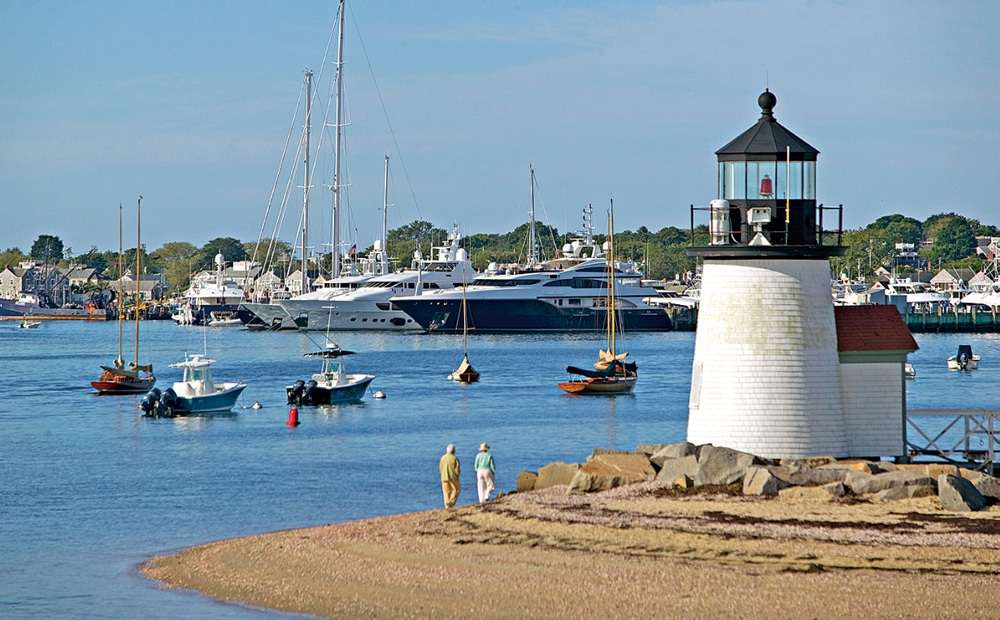
Something Old, Something New
A lot of folks have been scratching their heads wondering what sort of boats will be in fashion when the economy is once again firing on all cylinders. History has proven that burps in the economy have spurred innovation in the marine industry. Many of my pals in the business are now looking astern before filing their float plans — and what they are seeing is strangely familiar.
By the end of World War II, even the wealthiest Americans had lost their taste for pre-Depression superyachts and Wall Street’s working rich had traded their commuter yachts for commuter trains. The boats born in the boom following the war were smaller and took advantage of wartime innovations in hull design and powering. A fleet of builders delivered boats that were faster and more capable at sea, and serious cruising aboard powerboats became a reality. Fiberglass production led to increased volume that only a fuel crisis could temper — albeit temporarily. With fuel dear, the trawler yacht was born. Leaner, more efficient planing craft also became fashionable. When folks got used to paying more for diesel, the race was on and LOA (length overall) and SOG (speed over ground) soared, in keeping with disposable incomes.
So, now what? I have heard dozens of predictions from damn-the-torpedoes-style, quasi-military gigayachts to ecofriendly, windblown, solar-powered pontoon boats. These concepts are amusing, but many folks who have a stake in yachting’s future, and an appreciation for its past, recognize an underlying thread woven through the sport’s most tumultuous times: practicality. This should not be confused with the amount an enthusiast invests, but it does relate to value — the value of the yachting experience.
A broker pal of mine has a client who is a good example. He owns a yacht longer than 200 feet and has decided that he’s tired of being stuck on the bulkhead in Fort Lauderdale like a cruise ship or Med-moored in the Caribbean with the same dozen boats he sees every season. He’s scouting about for an 80-footer, so he can enjoy yachting as he did when he bought his first boat 35 years ago. He’s not willing to compromise on quality — he wants a boat built to the same high standard as his current yacht. And he won’t compromise on capability, either — in fact, he wants to visit the Caribbean, and places in the Bahamas he could not reach with his big yacht. He’s excited about boating again and looking forward to cruising.
Another fellow I know has a 50-footer that he has no intention of parting with. He loves the boat. What he has grown tired of is getting screwed at marinas in south Florida. For years, he and his family had enjoyed cruising, and he admits that he had lost track of the increasing cost of transient dockage. When he began looking at his cruising expenses, he realized that at most prime destinations it was cheaper to stay in a first-rate resort than to dock his boat at the marina. The solution: He has tidied up his tender and ground tackle and intends to spend a lot more time on the hook. Dock-bound for most of his cruising life, he’s looking forward to the experience.
While these enthusiasts have followed different paths, they have one thing in common besides their passion for yachting. Both can afford to maintain the status quo — they are simply ready for a change. The burp in the economy has caused them to think out of the box in terms of the value they’re getting from the sport. I think we all are, in our own way, and I suggest that yacht designers, builders and those who provide shoreside services take note. In the last 10 years, many folks bought boats simply because they could. In the next 10 years, I believe people will invest in boats because they value quality time with family and friends. Regardless of the LOA or dollars spent, it’s back to basics.








